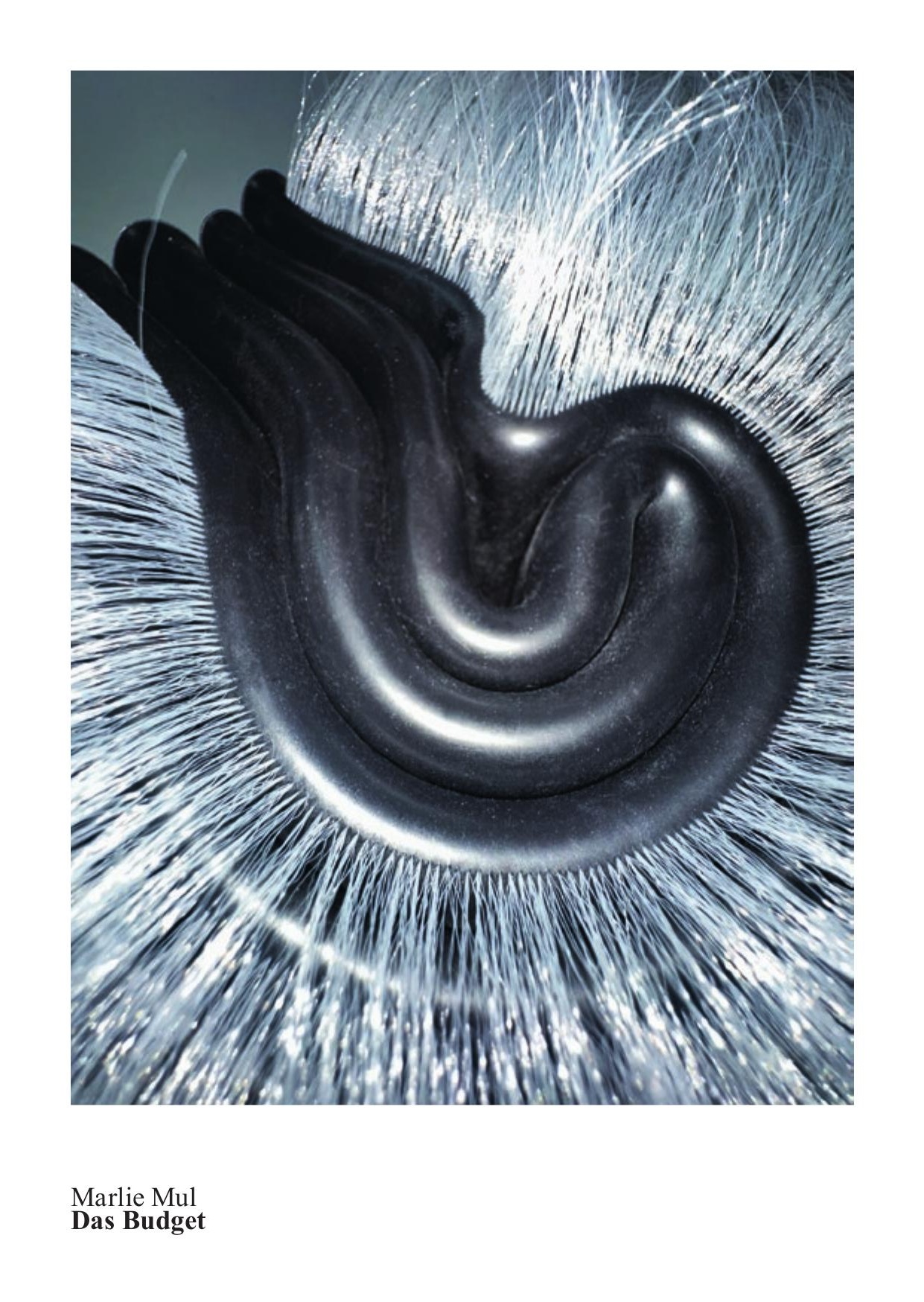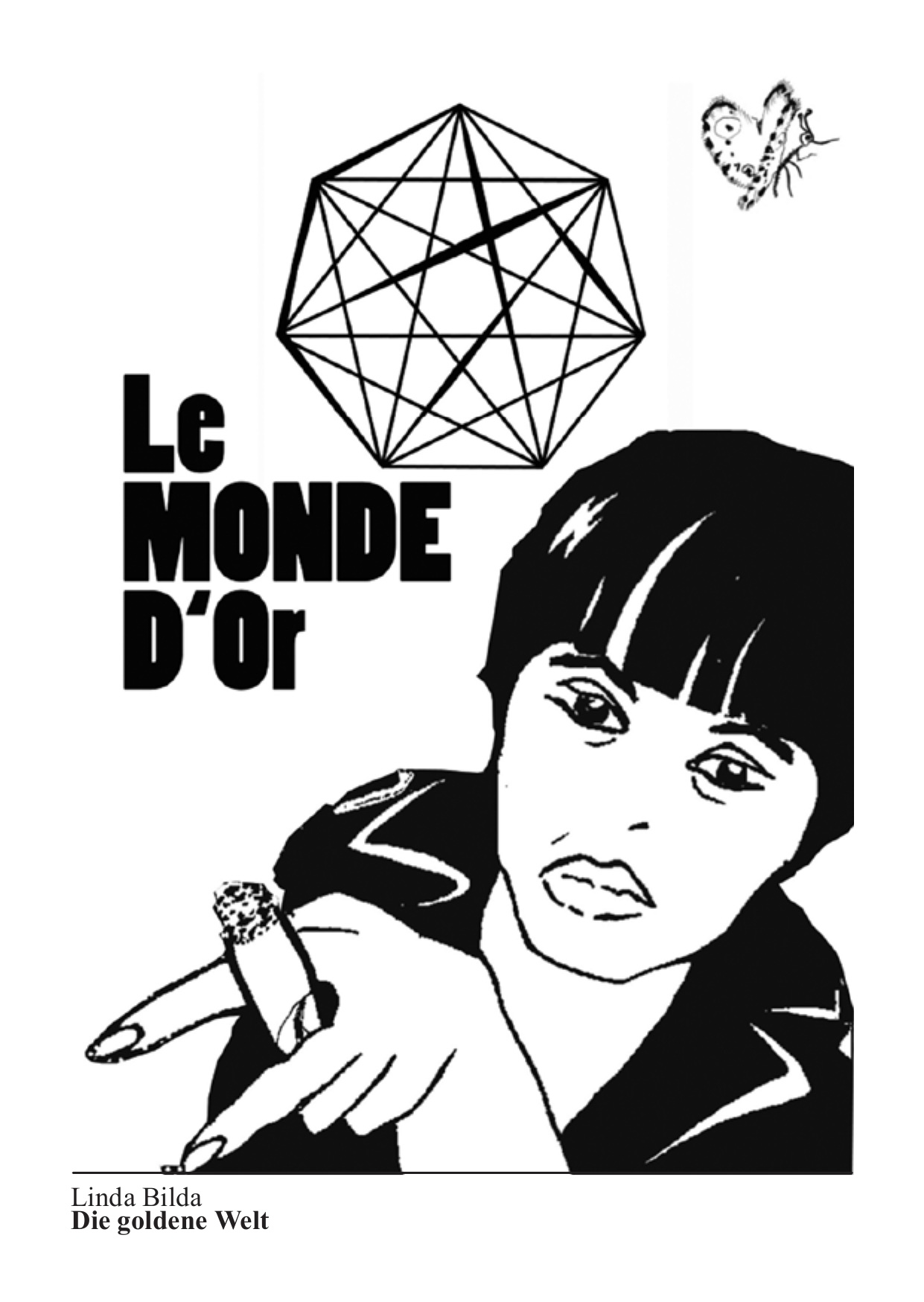16.5. – 1.8.2004
Lill Tschudi Not Just Linocut, But
The Glarus artist Lill Tschudi (b 1911 in Schwanden, lives and works in Schwanden) was one of the most in-demand linocut artists in the 1930's and 1940's in Great Britain. Tschudi studied as a young woman at the Grosvenor School in London, where she met Claude Flight, a committed representative of linocut. Flight not only played an important role in her artistic development, but also in her career, since he made Tschudi's work known in the English-speaking world. In the 1930's, in between her frequent travels throughout Europe, she was instructed in Paris by artists such as the Cubist André Lhote, the Italian Futurist Gino Severini, and Fernand Léger. Her favorite subjects during this time were scenes from the big city and athletic activities. Her style was influenced by Art Deco design (reduction to the basic form; strong, rich colors; geometric compositions), but also by the ideas of movement and rhythm of Futurism. At the end of the 1950's, Lill Tschudi eventually turned away from figuration and toward gestic abstraction.
Lill Tschudi's studio in Schwanden, where the artist spent most of her life, was dissolved in 2001. The Glarus Art Museum and the Glarus Art Society, of which Lill Tschudi has been a member for many years, took over the mandate at that time to store her artistic estate temporarily and to compile an inventory of her works and their sketches. The boxes, folders, sketchbooks, and albums from her studio divulged contents that present a colorful and astonishingly diverse Lill Tschudi. The exhibition Not just linocut, but not only gives the public the opportunity to revisit the better-known works of the representative of futuristic Art Deco, but also offers the unique possibility of retracing the development of the linocuts on the basis of sketches (drawings, watercolors, oil studies, etc.). The exhibition in the Glarus Art Museum will therefore not have the character of a retrospective. Instead, the focus will be on the presentation of unknown, surprising aspects in different subject areas of her figurative work, such as the commercial art of high artistic value that Lill Tschudi developed in the years around the Second World War for private persons, companies, and the state. Not just linocut, but in the Glarus Art Museum in this sense provides the opportunity for a broader reception of Lill Tschudi's oeuvre.

















